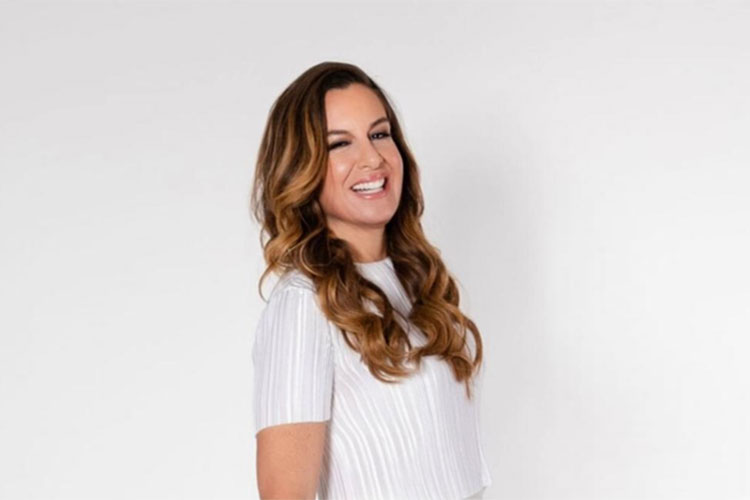Accelerating Leadership Cultures Through the Lanes of Sports Innovation and Team Dynamics: A Must for Corporate Unison

High performers are, in a way, the easiest to lead: in their own capacity, they are usually world-class players. They are perfectionists and specialized generalists with a deep sense of discontentment with the best of their individual output. These factors also make high-performing teams (HPTs) the most difficult to lead – especially because they comprise world-class performers with well-developed egos who bring their diverse personalities and temperaments to the game. This is what makes unison a distinguishing feature of all-star teams and a team with all-stars.
Leadership cultures in high-performing teams
High-performers usually lead HPTs across sports and business. A study indicates that consensus among team members and past performance are two key determinants of transformational leaders that drive team cohesion and elevate the team’s future performance. Despite these characteristics, leaders of HPTs recognize and instill a vision that is not only unachievable by parts of the team but also looks reasonably unattainable.
On the flip side, leaders in such situations must also recognize the standards that high-performers of their team set for themselves. Through the game, one of the most important tasks of leaders in HPTs is to let the members excel at what they are best at. This does not mean emotionally or vocally resigning from the game. Instead, leaders of HPTs have already fostered a culture of relentless communication, which makes the team chemistry unique.
The roadmap to building a high-performance team
The US men’s Olympics basketball team of 1992 featured some of the greatest players the sport has ever witnessed. However, when put together for the first time, they lost to a team of high-school players. In the words of Michael Jordan, “Talent wins games, but teamwork and intelligence win championships.” So, how are high-performance teams built? Through these four steps:
- Pick diverse players that bring complementary skills – while diversity helps root out bias and improves decisioning, it is essential that each member must bring a unique proposition to the team.
- Turn each team member into a specialist-generalist – Specialist-generalists make for great leaders, especially as they can empathize with and recognize each team member’s challenges.
- Concentrate efforts on shaping team dynamics – HPTs exhibit unique team dynamics specific to their members. Focus on evolving leadership traits of members, recognize key moments, and align members to a shared and emotionally-charged vision.
- Give time for the team to realize peak performance – According to B.W. Tuckman’s work on team dynamics, peak performance of a team is realized at the end of four stages of team development. Starting with cautious and polite behavior to falling into roles, focus on team performance comes through the last stage.
While building HPTs is a daunting undertaking in itself, progressing beyond its unique challenges is even more so.
Three challenges unique to HPTs
Here are three challenges that are unique to the process of building HPTs:
- Missing feedback loops: Because HPTs bring together players with well-developed egos, building a constructive feedback loop is crucial to encourage better performance while suppressing remorse at missed opportunities. Some sports teams leverage an impartial observer to mediate feedback and coax peak performance from all members.
- Unconstructive leadership: Constructive leaders usually set examples for their teams, recognize the efforts of team members, and form a cohesive force without which the team would fall apart. Unconstructive leadership, on the other hand, is characterized by rigid, inflexible, or boastful behavior, exhibiting emotional outbursts, or closing off under stressful situations.
- Conflict resolution: Throughout its course, HPTs are likely to encounter moments of conflict between their members. Such moments often call for tactful moves from team leaders, as rifts between members whose skills perfectly complement those of others can significantly lower the overall team’s performance.
Learnings from sport: how to foster corporate unison
According to a McKinsey report, a CEO who spoke five times longer than others in the team was shocked when told that he was blocking discussion. Yet another leader from an Australian bank exclaimed at the fact that his team now speaks with one voice. Corporate unison is a fundamental step to achieving high performance within business units. Here are two key learnings from a sport that can help leaders foster unison within their teams.
Resetting and renewing team dynamics with sport
Sporting moments usually occur in charged situations. It is no secret that sport is one of the most chosen tactics used by leaders to build teams and reset existing team dynamics. By taking team members outside their professional setup, leaders can explore their teams through a renewed lens and bond with their teammates in an interpersonal capacity. Such situations also make space for conflict resolution outside a professional setup, as teammates’ personalities surface along new dimensions.
Seen the other way, professionals who engage in team sports also tend to exhibit the characteristics of players in high-performance teams: they trust their teammates, perceive the team as committed to success, and respond more enthusiastically to change. Such employees spend more time collaborating with their team and tend to turn their work into a team sport.
Navigating with pride
As leaders navigate through distributed corporate environments with ever flatter hierarchies, they have key lessons to learn from leadership in high-performing sports teams. Because the C-level now relies on diverse teams collaborating to achieve key objectives for the organization, building a high-performance culture is as crucial as leading in a constructive style.
As I embarked upon Race Across America (RAAM) , a non-stop 3070-mile bicycle race from Oceanside, California, to Annapolis, Maryland – I along with my high-performing team A² is racing across America, raising funds to fight against veteran & first responder suicide. I have assembled a high-performance team and love building team units for a higher purpose. Servant leadership is key and that’s how I am in the workplace- I work for everyone. A² team is cycling over 3,000 miles across the U.S. to end our nation’s veteran & first responder suicide epidemic. Race Across America is one of the most respected and longest running ultra-endurance events in the world. Race Across America (RAAM) is seen as a pinnacle of athletic achievement not only in cycling circles but the greater sporting community as well and it is of great pride that HCL Technologies is one of our sponsors in this mission, with great dynamic leadership demonstrated by Vijay Verma, Executive Vice President, HCL Technologies and his high performing team that he has built & led over last several years.
Together, we navigate with pride. Watch here
Written by Rhonda Vetere.
Have you read?
How to ace your CIO interview?
7 Way for CEOs to Shift from ESG to Conscious Capitalism by Parul Agrawal.
6 Habits of successful entrepreneurs by Alan Manly.
What you should know about Static Residential Proxies?
Life Changing Academy: Creating the Life You Really Want to Live.
How Alex Lopez, CEO of New Door Property Transfer, is Revolutionizing How Realtors Earn Their Way.
How to avoid “rainbow washing” during Pride Month by Ash Beckham.
Add CEOWORLD magazine to your Google News feed.
Follow CEOWORLD magazine headlines on: Google News, LinkedIn, Twitter, and Facebook.
Copyright 2024 The CEOWORLD magazine. All rights reserved. This material (and any extract from it) must not be copied, redistributed or placed on any website, without CEOWORLD magazine' prior written consent. For media queries, please contact: info@ceoworld.biz








